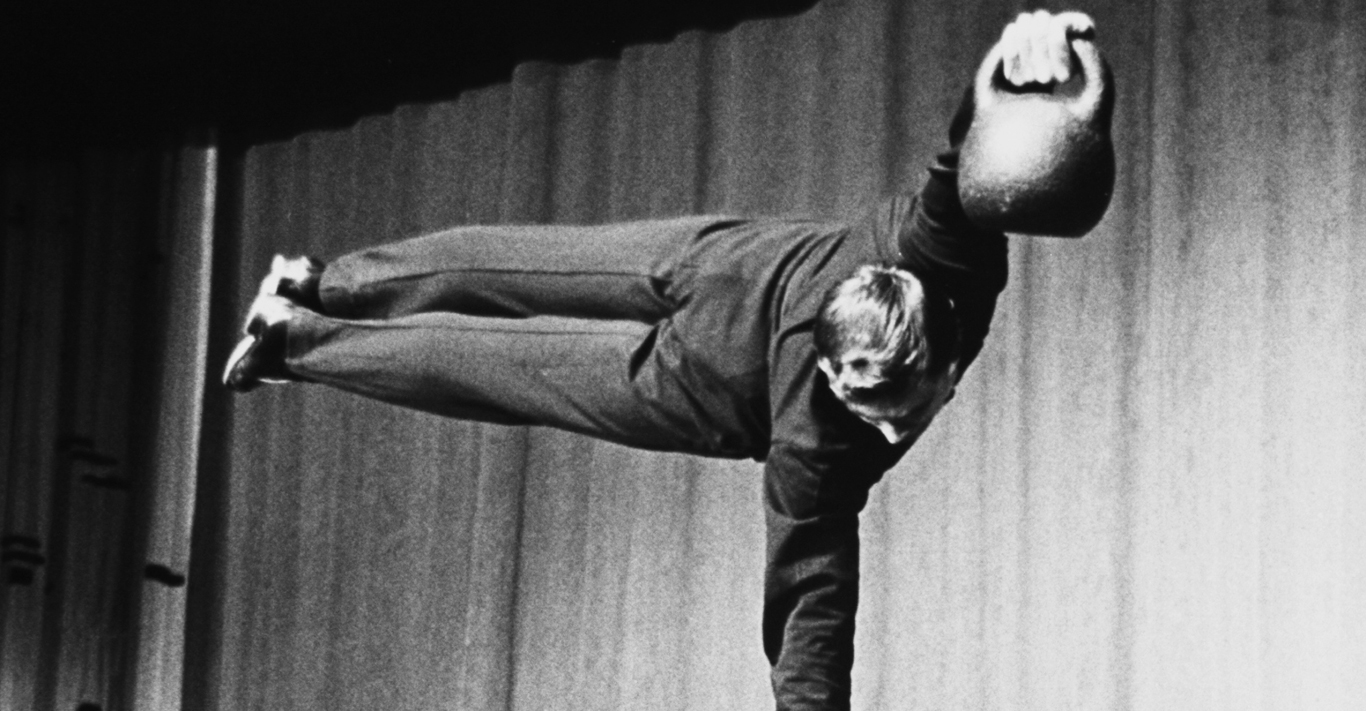WORDS
Jamie Miller
‘The house has become a place of work, a place to learn and, indeed, a place to maintain good wellness habits,’ says Erica Alessandri, digital product manager at Italian fitness equipment manufacturer Technogym, which has ‘most definitely’ seen demand for its home gym design service go up following lockdown. ‘The good news is that health has risen on people’s priority list.’
The pressing need to bolster immunity is fuelling the boom in home gym builds, according to Stavros Theodoulou, managing director of Zynk Design, a specialist gym and spa architecture practice. And the other good news is, in principle, ‘any space can be a gym,’ he says.
‘We can create a solution for each space,’ says Alessandri. ‘Some clients have wide areas dedicated to home gyms, some prefer to create a ‘wellness corner’ in the living room, others have limited space and prefer a more compact solution.’ Olympic Games supplier Technogym has created gyms in superyachts and private jets, and even transported fitness equipment to a base in Antarctica: ‘We are ready for any request.’
The place to start when designing a home gym, she says, is with your ‘passions and interests’. Or as Theodoulou more prosaically puts it, ‘What kind of training do you like to do?’ Where commercial gyms can generously accommodate different zones for various activities, most home gyms don’t have that luxury. You can keep your space open and flexible, as far as possible. ‘But if you’re a runner or cyclist, there’s no point filling it full of weights, and vice versa,’ he says.
The space itself is the other principal consideration – particularly the height, which might not be a limiting factor if you cycle or practice yoga but could be if you hoist barbells. ‘The first question is: “Can I perform it in this space?”’ says Theodoulou. Height, or lack of, is one of the biggest obstacles to home gyms in basements, along with column location, particularly in older properties. Height is also a consideration for trendy garden rooms – luxury “sheds”, to all intents and purposes, with lighting, heating and insulation, and hugely popular as home offices or gyms. Under the boundless sky they may be, but without planning permission, they’re restricted to an internal height of 2.1m – less than ideal for a gym.
Flooring also shouldn’t be overlooked. Safety first: will it become slippery with puddles of sweat? Then for lifting – or rather dropping – weights, you’ll need a degree of resistance, not to mention noise-dampening for the benefit of anybody below you. But for more aerobic-type activity, you’ll need some give so the flooring, not your body, absorbs the shock. So you might even need more than one type of flooring. Thankfully, new technology provides similar resistance to commercial gyms’ ubiquitous black rubber but with more decorative finishes, such as a wood or concrete effect. ‘It’s a rubber backing with a top layer,’ explains Theodoulou.
On a practical level, you’ll need enough illumination for your desired activity and you definitely don’t want spotlights shining in your face when you’re lying down, nor glare bouncing off equipment and obscuring displays. Offering practical suggestions on lighting and placement of equipment, Technogym creates 3D plans to preview the look and atmosphere of proposed solutions and collaborates with architects and interior designers to reflect personal taste.
Home gyms are following commercial trends towards “functional” training, says Theodoulou: more open space to swing kettlebells and the like, less bulky equipment such as sit-on “selectorised” weight machines. Online classes, TVs and wearables meanwhile are ‘all coming back into the home’, bringing the feel of group exercise. But it also works the other way: Zynk is designing virtual training pods into commercial gyms so people can take their app and “experience” from home – when they’re allowed to again.
Even after health clubs reopen, home gyms will be a ‘long-term trend’, believes Alessandri, offering the amenities and enjoyment with the convenience of training at home.
Ralph Crane/Getty Images





